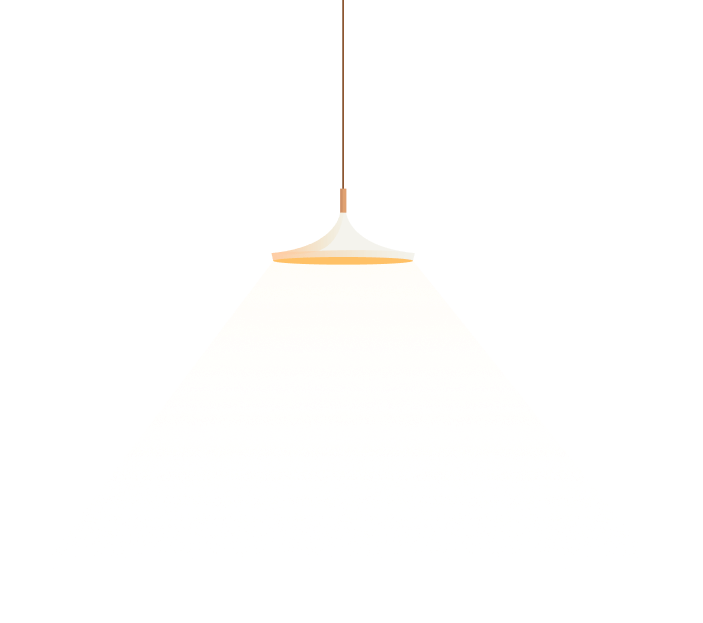High Pressure And Low Pressure Map
High Pressure And Low Pressure Map
If you’re planning a trip and wondering what the weather will be like, you may want to check out a high pressure and low pressure map. These maps can give you a rough idea of what to expect, but they can also be a bit confusing. In this article, we’ll break down what these maps mean and how they can help you plan your trip.
Have you ever been caught in unexpected rain or snow during your travels? Or have you ever arrived at your destination only to find that it’s much colder or hotter than you anticipated? These are common pain points for travelers that can be addressed with a little bit of weather planning. Understanding high pressure and low pressure systems can help you avoid some of these surprises.
When it comes to tourist attractions, high pressure systems often mean clear skies and dry weather. This makes them ideal for outdoor activities like hiking, sightseeing, and swimming. Low pressure systems, on the other hand, often bring precipitation and stormy weather. While this may not be ideal for outdoor activities, it can make for some stunning scenery and unique travel experiences, like watching a thunderstorm from a cozy cafe or taking a rainy day tour of a city.
To summarize, high pressure and low pressure maps can help you plan your trip by giving you an idea of what to expect weather-wise. High pressure systems typically mean clear skies and dry weather, while low pressure systems often bring precipitation and stormy weather. By keeping an eye on these maps, you can adjust your plans accordingly to make the most of your trip.
What is a high pressure and low pressure map?
A high pressure and low pressure map is a visual representation of atmospheric pressure. High pressure systems are areas where the atmospheric pressure is higher than the surrounding areas, while low pressure systems are areas where the atmospheric pressure is lower. These systems affect weather patterns and can give us an idea of what to expect in terms of temperature, precipitation, and wind.
How do high pressure and low pressure systems affect weather?
High pressure systems are associated with clear skies and dry weather because they tend to push clouds and moisture away. Low pressure systems, on the other hand, are associated with stormy weather and precipitation because they draw in moisture and cause it to rise, creating clouds and potentially rain or snow.
How can I use a high pressure and low pressure map to plan my trip?
If you’re planning an outdoor activity like hiking or sightseeing, you may want to check the high pressure map to see if the weather will be clear and dry. If you’re planning a more indoor-focused day, like visiting museums or cafes, you may be able to enjoy the unique atmosphere that comes with stormy weather. Keep in mind that these systems can change quickly, so it’s always a good idea to check the map a few times leading up to your trip and adjust your plans accordingly.
What are some tips for traveling during high pressure or low pressure systems?
During high pressure systems, be sure to bring sunscreen and stay hydrated, as the clear skies can also mean higher temperatures. During low pressure systems, bring rain gear and be prepared for potential delays or cancellations if you’re traveling by air or train. Additionally, low pressure systems can sometimes bring strong winds, so be aware of any potential safety hazards if you’re planning outdoor activities.
FAQs about High Pressure and Low Pressure Maps
What causes high pressure and low pressure systems?
High pressure systems are caused by sinking air that compresses and heats up, while low pressure systems are caused by rising air that cools and expands.
How often do high pressure and low pressure systems occur?
High pressure and low pressure systems occur all the time, but their frequency and intensity can vary depending on the time of year and location.
Can high pressure and low pressure systems affect air travel?
Yes, high pressure and low pressure systems can affect air travel by causing delays or cancellations due to strong winds, turbulence, or stormy weather.
Are high pressure and low pressure systems the only factors that affect weather?
No, there are many other factors that can affect weather, including humidity, temperature, and wind direction.
Conclusion of High Pressure and Low Pressure Maps
High pressure and low pressure maps can be a helpful tool for travelers looking to plan their trip with weather in mind. By understanding the basics of these systems and keeping an eye on the maps leading up to your trip, you can adjust your plans accordingly to make the most of your travel experience. Whether you’re basking in the sun under a high pressure system or cozying up in a cafe during a low pressure system, there’s always something to enjoy in every type of weather.





